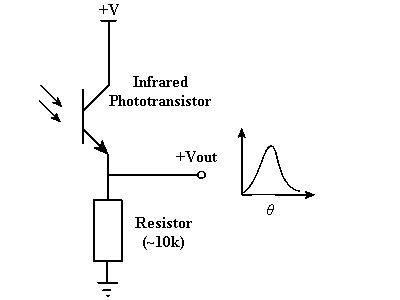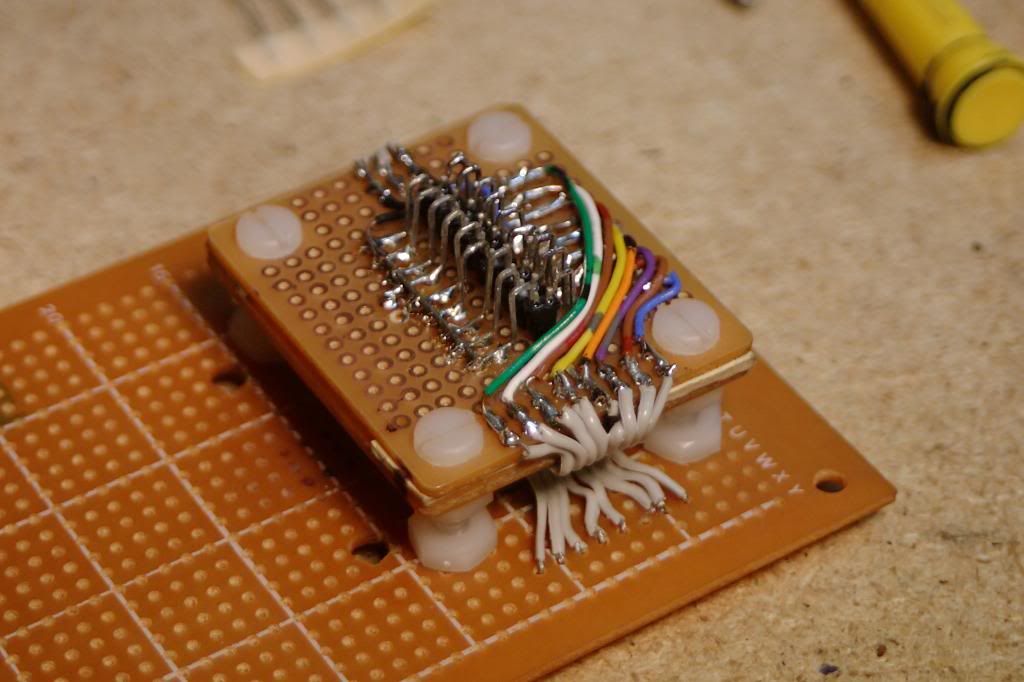NeXT
Veteran Member
Where the heck are you looking where readers are $50-$75? The only place I'm aware of that has them run them in the $150-$300 range. At that rate it's cheaper to make your own serial reader.
Search eBay for "Tape Reader". e.g. item 171049693027
I've got one around somewhere.
The problem with these is the feed roller. You'll have to change it out since it's probably turned
to goo or is rock hard. At $50, though it's worth it just for the tape path, photosensors and lamp.
I see they list them as working with a warranty, never mind..
Search eBay for "Tape Reader". e.g. item 171049693027
How on earth are we supposed to know what you know and what you don't know, especially something as basic as a transistor switch? Why don't you Google 'phototransistor circuits' and learn instead of bitching because we can't read your mind.The fact that a resistor would of helped might of been nice to hear earlier before I ordered more components. Is there any other helpful information I have not been told?

Interesting; I think all my readers use a bulb, but I don't think LEDs were an option back in those days.The bulb is still useless but LED's are now working.
Didn't see this until now. Call it trouble but I literally bought the cheapest phototransistors I could off ebay (the datasheet for mine specifically are on page 2) because I don't have a credit card to pay for Digikey or Mouser orders. Don't forget to dremel the sides so you can sit them next to eachother.Hi NeXT,
I always wanted to do this! I missed my chance to get one of those Oliver Audio OP-80 so many years ago, and they are now quite rare.
Anyway, what is the part number of those photo transistors? Are they available at Jameco or Digi-Key or Mouser?
Thanks,
smp
...I noticed they included instructions for modifications to make it a serial interface by tacking it onto the 2502 UART but that's a $20 chip that belonged at the time on the MITS 88-SIO board so there's more than just the chip I would have to deal with on top of the serial modification leaflet being missing


